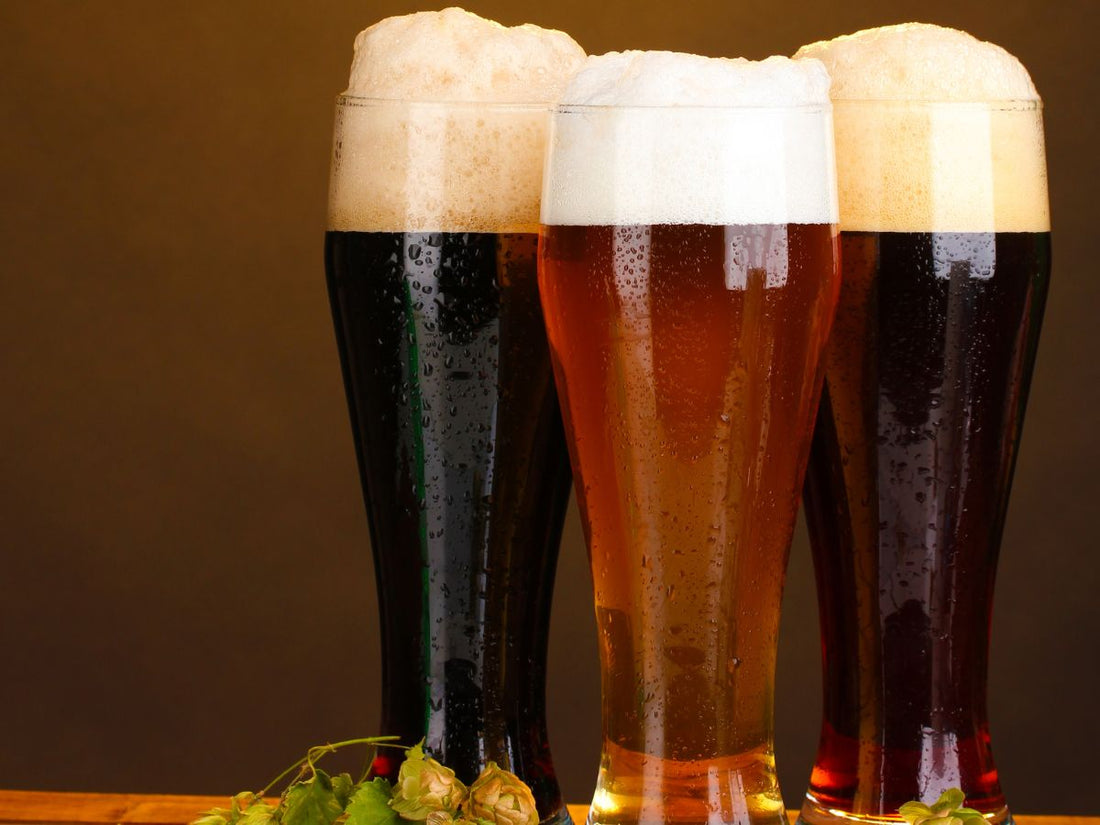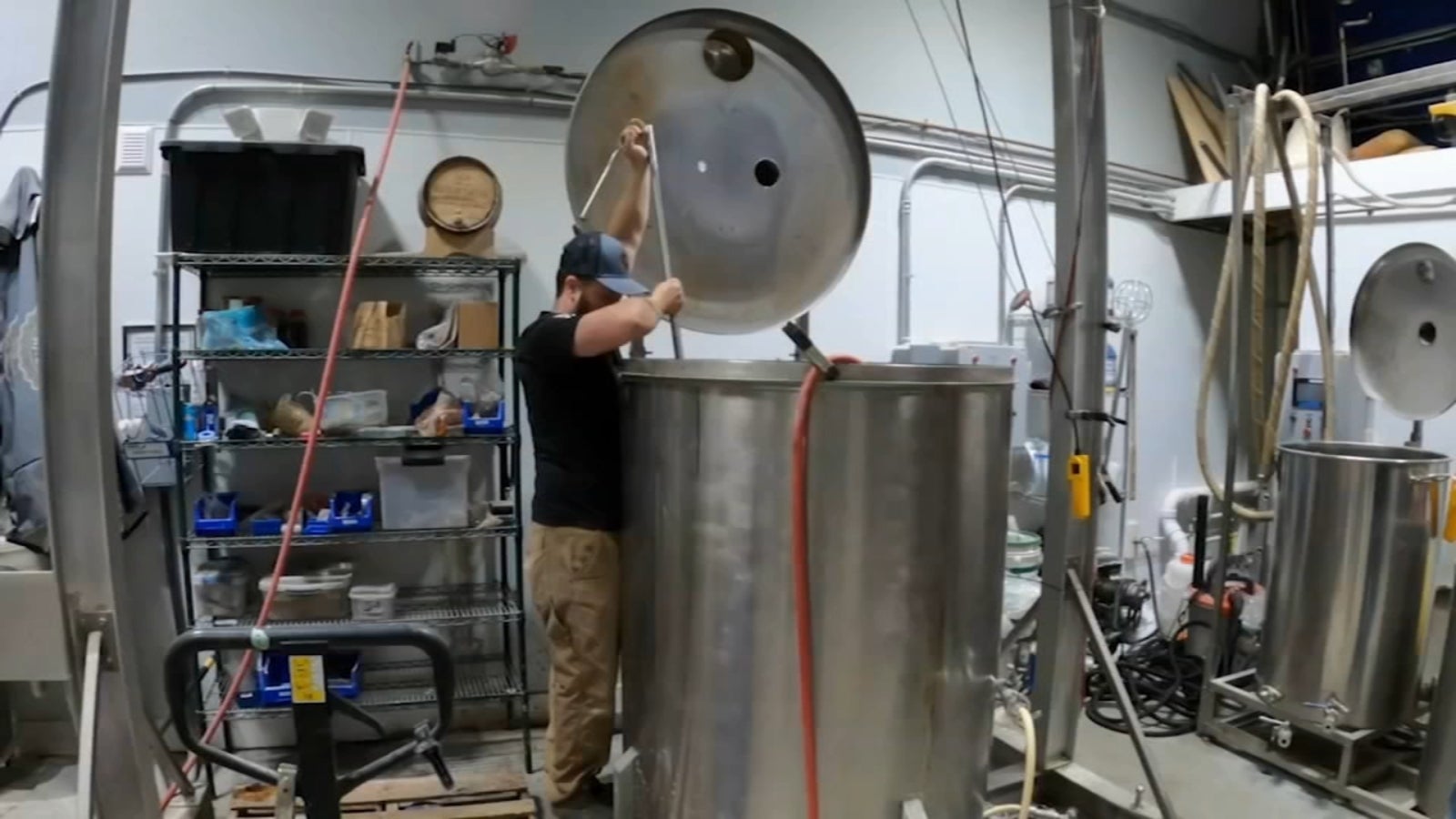Understanding the Craft of Purification: a Deep Dive Into Distillery Traditions
Checking out the elaborate art of distillation unveils a world soaked in classic traditions that have formed the spirits we take pleasure in today. From the ancient origins of distillation techniques to the modern-day development of distillery devices, each action in the procedure carries with it a rich tapestry of history and know-how. As we explore the fragile balance of typical versus contemporary distilling techniques and uncover the significance of crucial ingredients, a deeper understanding arises of the extensive effect distillery customs have on the spirits we enjoy.
Beginnings of Distillation Strategies
The development of distillation strategies has an abundant background that traces back to old civilizations. The principle of separating elements based on their various boiling factors laid the structure for the advanced distillation procedures we have today.
The earliest evidence of purification dates back to around 3000 BC in Mesopotamia, where clay pots were used to boil down fragrances and aromatic oils. The Egyptians additionally advanced these strategies, making use of distillation for embalming practices and medical functions. The Greeks, notably numbers like Aristotle and Hippocrates, added to the theoretical understanding of distillation.
Gradually, purification infect regions like India, China, and the Center East, each society adding its distinct touch to the craft. The advancement of distillation techniques proceeded with the Middle Ages and the Renaissance, at some point resulting in the varied selection of distillation procedures utilized in modern-day distilleries worldwide.
Development of Distillery Tools

With improvements in technology and a much deeper understanding of the purification procedure, modern-day distilleries currently make use of a range of sophisticated tools to generate spirits of the best. Today, distillation tools includes column stills, reflux stills, and hybrid stills, each created to accommodate certain distillation needs. These contemporary stills provide far better temperature policy, boosted purification accuracy, and higher efficiency in dividing alcohol from contaminations.
Along with stills, distilleries currently make use of advanced condensers, fermenters, and purification systems to further improve the extract. The development of distillery equipment remains to play an essential duty in shaping the varied variety of spirits available out there today.
Traditional Vs. Modern Distilling Practices
Alternatively, contemporary distilling methods take advantage of sophisticated technology and development to enhance production processes and boost uniformity. Automated systems, computerized controls, and advanced equipment enable modern-day distilleries to create spirits more successfully and with higher precision.
While traditional distilling techniques are cherished for their heritage and the distinct tastes they generate, contemporary techniques use advantages in terms of scalability, quality assurance, and sustainability. By incorporating clinical improvements and contemporary engineering, distillers can optimize production, lower waste, and fulfill the needs these days's market better. Eventually, the choice between contemporary and conventional distilling techniques commonly depends upon the distillery's objectives, worths, and target market.
Trick Active Ingredients in Purification Process
Within the craft of distillation, the selection of crucial active ingredients plays an important function in determining the taste click now profile and quality of the spirits created. The primary ingredients made use of in the distillation procedure are usually water, yeast, and a fermentable resource such as grains, fruits, or sugarcane.
Water is an essential part as it not just thins down the alcohol material to a tasty level but likewise impacts the overall mouthfeel and appearance of the spirit. The quality and mineral content of the water made use of can considerably influence the end product.
Yeast is an additional important ingredient that transforms the sugars present in the fermentable resource right into alcohol via the procedure of fermentation. Different stress of yeast can generate differing aromas and tastes, adding to the one-of-a-kind characteristics of the spirit.

Influence of Distillery Traditions on Spirits
The impact of historical distillery practices on spirits expands beyond the option of essential active ingredients, forming the really significance and character of the final distilled items (Galveston Liquor). These practices, gave via generations, play a vital duty in defining the unique taste accounts and qualities that identify one spirit from another
Distillery traditions incorporate a wide array of methods, from the certain methods made use of in distillation to the option of aging processes employed. As an example, the use of typical copper pot stills in bourbon manufacturing is thought to give particular tastes and features that are extremely valued by connoisseurs. Likewise, the aging of spirits in oak barrels, a technique deeply rooted in distilling customs, adds to the advancement of complicated scents and flavors in time.

Conclusion
From the beginnings of purification strategies to the contemporary techniques, the effect of distillery traditions on spirits is indisputable. Distillery practices play a vital function in shaping the spirits sector and protecting the heritage of distillation techniques.
Throughout the background of distillation, the equipment made use of in distilleries has actually gone through significant advancement to improve effectiveness and high quality of the distillation process.With developments in modern technology and a deeper understanding of the purification process, modern distilleries now make use of a variety of sophisticated tools to create spirits of the greatest quality. Today, purification devices consists of column stills, reflux stills, and crossbreed stills, each designed to provide to certain purification needs. From the beginnings of review purification strategies to the modern-day practices, the effect of distillery practices on spirits is undeniable. Distillery customs play an important function in shaping the spirits industry and protecting the heritage of distillation practices.